The Future of Road Surfacing: Trends and Technologies for 2025 and Beyond
The road surfacing industry is evolving at an unprecedented pace. As urban areas grow and traffic increases, traditional asphalt faces increasing pressure from heavy use, weather extremes, and budget constraints. In response, new technologies are emerging to transform how roads are designed, built, and maintained.
One of the most promising innovations is self-healing asphalt — a material engineered to repair its own cracks and damage. This cutting-edge technology promises to extend road lifespans, reduce maintenance costs, and support sustainable infrastructure development.
In this article, we’ll explore how self-healing asphalt works, why it matters for the future of road surfacing, and what it means for councils, businesses, and homeowners alike.
What is Self-Healing Asphalt?
Self-healing asphalt is designed with advanced materials that allow it to “repair” itself without manual intervention. At its core, this technology uses microcapsules embedded within the asphalt surface. These microcapsules contain special agents — often recycled oils or polymers — that are released when cracks form.
When damage occurs, these capsules rupture and fill the cracks, restoring the surface and preventing further deterioration. This process can significantly delay the need for costly repairs or full resurfacing.
This innovation has been tested in several pilot projects in the UK and abroad, showing promising results in durability and cost-effectiveness.
Key Benefits of Self-Healing Asphalt
1. Extended Lifespan
Traditional asphalt surfaces can develop cracks and potholes over time due to traffic pressure and weather conditions. Self-healing asphalt actively repairs small fissures before they worsen, extending the surface’s usable life by several years.
2. Cost Efficiency
By reducing the frequency of repairs and resurfacing, self-healing asphalt lowers maintenance budgets. For local councils and commercial property managers, this translates into significant savings over time.
3. Sustainability
Self-healing asphalt often uses recycled materials and reduces the need for resurfacing projects, which have large carbon footprints. This aligns with growing environmental goals in infrastructure development.
4. Safety Improvements
Cracks and potholes are common causes of accidents for both vehicles and pedestrians. By repairing themselves, self-healing surfaces improve safety and reduce liability risks for road managers.
Emerging Trends in Road Surfacing
The industry is shifting towards innovations that not only improve durability but also enhance environmental and operational efficiency. Alongside self-healing asphalt, other trends for 2025 and beyond include:
- Permeable Surfacing: Surfaces that allow water to pass through, reducing flood risk and supporting sustainable drainage.
- Smart Road Systems: Embedded sensors that monitor wear, traffic flow, and surface conditions in real time.
- Recycled Asphalt Materials: Increased use of recycled aggregates and binders to improve sustainability.
- Advanced Pavement Markings: Durable markings designed to withstand heavy traffic without frequent repainting.
These innovations are not just improving performance — they are shaping the future of road surfacing into a smarter, more efficient process.
Real-World Applications of Self-Healing Asphalt
In the UK, self-healing asphalt is being trialled in several locations to address pothole problems and improve road longevity. Potholes cost the UK economy over £14 billion each year, not to mention the cost of damage to vehicles and road safety issues.
Trials involving self-healing asphalt have shown that surfaces can repair themselves effectively under normal traffic conditions, reducing the need for disruptive repair works. This has a major impact not only on budgets but also on traffic management and environmental outcomes.
Several councils are now exploring pilot projects to expand the use of this technology. For commercial surfacing projects — including car parks, driveways, and industrial sites — self-healing asphalt offers a way to ensure surfaces last longer and require less ongoing maintenance.
Why This Matters for Businesses and Councils
For councils, reducing road maintenance costs and improving service longevity are priorities. Self-healing asphalt addresses both.
For commercial businesses, investing in high-quality surfacing solutions improves safety, minimises downtime, and enhances the appearance of properties. Long-term, this improves the return on investment for resurfacing projects and supports sustainability commitments.
How Total Surfacing Is Embracing the Future
At Total Surfacing, we are dedicated to adopting innovative surfacing technologies that benefit our clients. From residential driveways to large-scale car parks and roads, we are exploring self-healing asphalt as part of our commitment to delivering durable, efficient, and sustainable surfacing solutions.
Our team works closely with clients to design and install surfacing that meets both performance and environmental standards — ensuring projects deliver value for years to come.
For more details about how our surfacing solutions could benefit your project:
- Contact Us
- Check our Case Studies to see how we’ve implemented advanced surfacing technologies.
The Road Ahead
Self-healing asphalt is more than just a trend — it’s part of a larger shift toward sustainable, smart infrastructure. As more councils and commercial property owners adopt this technology, the future of road surfacing will become more durable, cost-effective, and environmentally friendly.
For 2025 and beyond, embracing innovations like self-healing asphalt isn’t just smart — it’s essential. It’s the path to building roads that last longer, cost less to maintain, and contribute to a greener future.


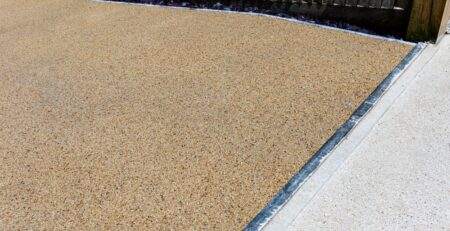

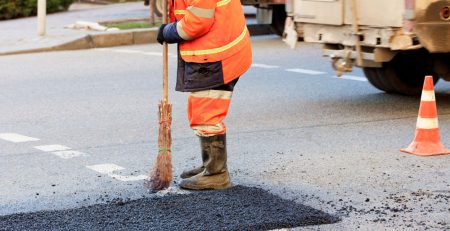
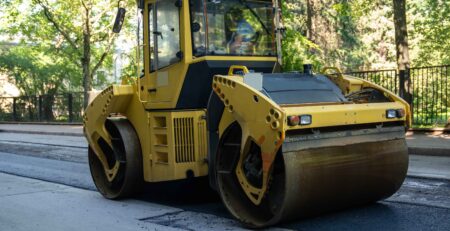


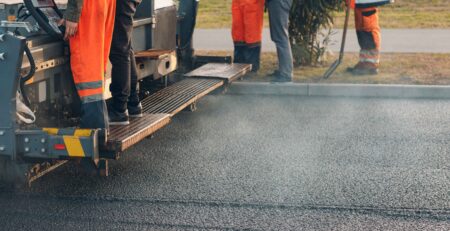

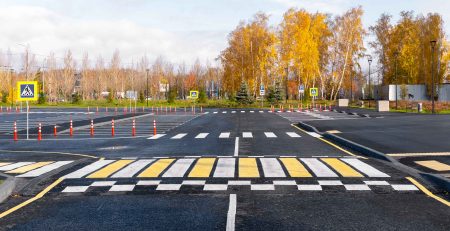
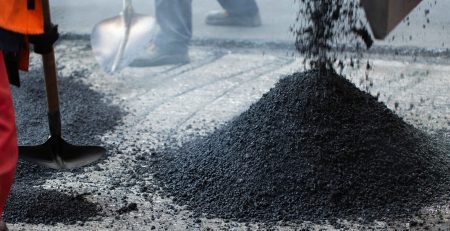
Leave a Reply